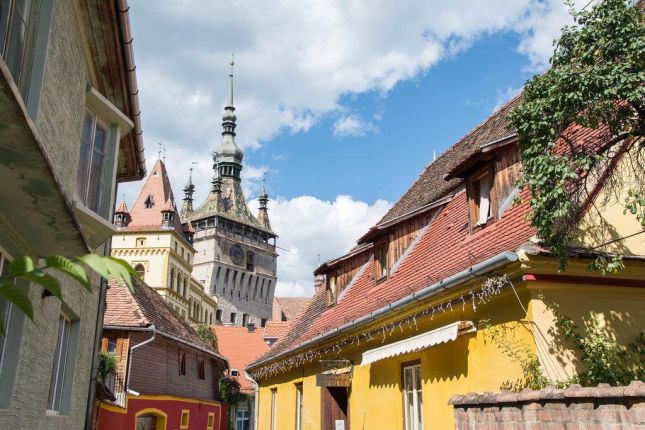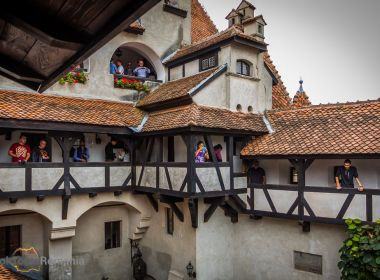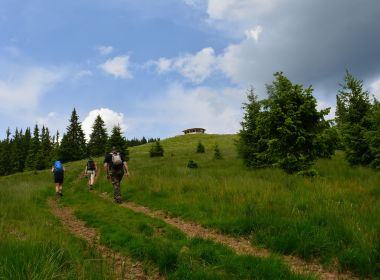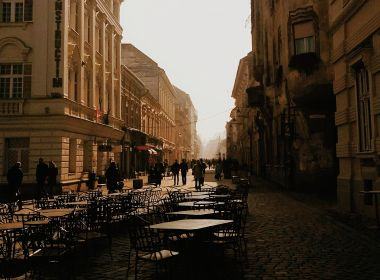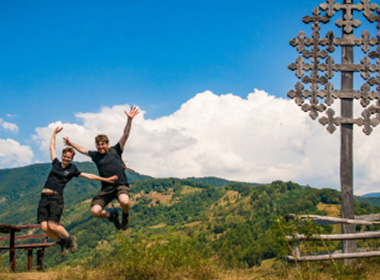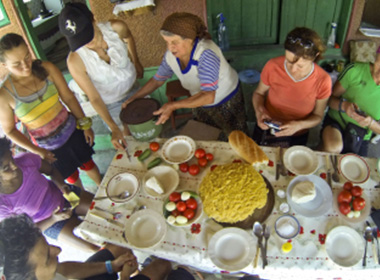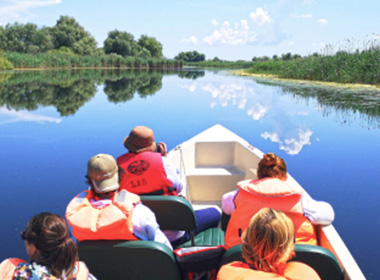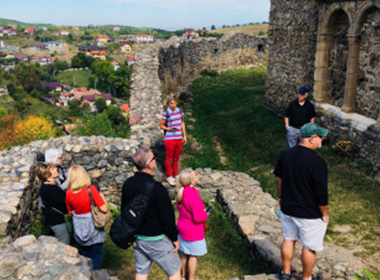Sighisoara Citadel: A UNESCO Heritage Site
Imagine spending the night in a medieval citadel! And I am not talking about some recently constructed touristy destination that reproduces the idea of life in the Middle Ages, but the real thing. I am talking about visiting and even spending the night in the remarkable Sighisoara citadel, the only inhabited medieval fortress in this part of Europe and a delight for tourists seeking an authentic experience.
Just wait until your feet hit those rough, real cobbled streets (do not wear high heels or fancy shoes for this trip), and your eyes are set upon the medieval charm of every building in this fortress. Just how old and authentic are we talking about? Try the birthplace of Vlad the Impaler.
And what if I told you there is also the option of a most immersive experience should you visit Sighisoara at the time of the annual medieval festival? Now that I have your attention let me take you through what a trip to this remarkable city might look like.
Table of contents
- A unique place in Southeastern Europe
- History and Significance
- Guild Towers and Defense Walls
- The Clock Tower - emblem of the city
- Gothic-style buildings in the citadel of Sighisoara
- Citadel Square and Landmarks
- Visit the birthplace of Vlad the Impaler
- The Covered Staircase and Upper Citadel
- The History Museum and Galleries
- The Sighisoara Medieval Festival and other important events
- Lower Town vs. Upper Town
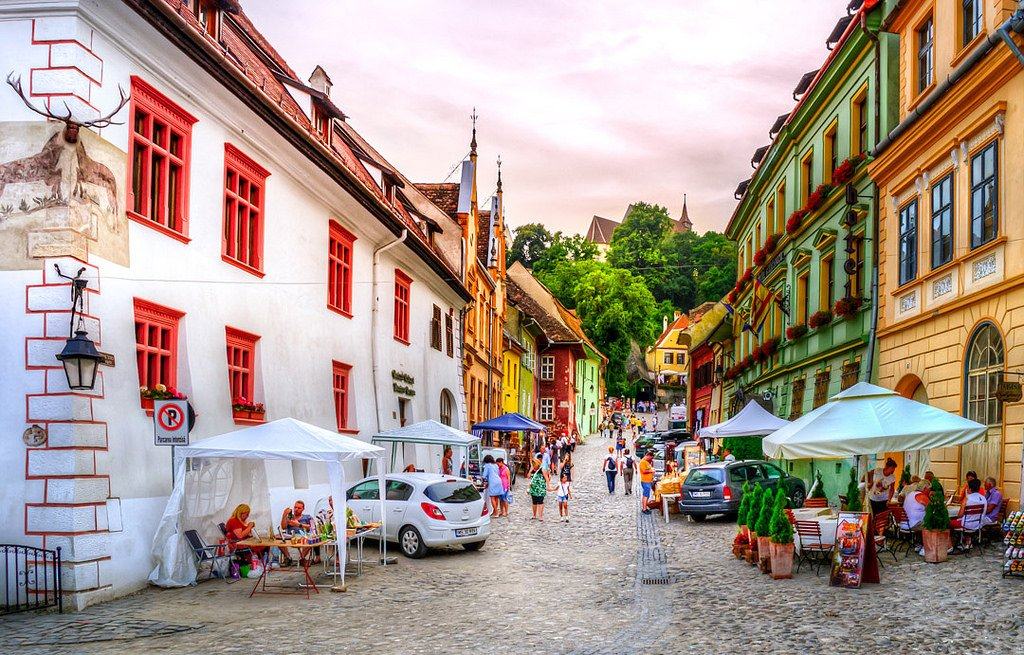
A unique place in Southeastern Europe
Sighisoara Citadel is the historical center of Sighisoara city (German, Schäßburg —Schassburg or Schäsbrich), located 90 km from Sibiu and about 120 km from Brasov. Therefore, if you are already visiting the center of Romania, it would take around two hours to get to Sighisoara from Brasov or Sibiu, making for the ideal road trip.
It was built in the 12th century by the Saxons (German colonists) on School Hill, on the site of a prehistoric fortification known since ancient times. It was meant to provide the locals in the Tarnava Mare region with a place of refuge. Impressive is the fact that it has maintained most of its original structure, which is almost unchanged today.
As one of the best-preserved medieval towns in Europe, it has been part of the UNESCO World Heritage list since 1999. Its rich history illustrates the dominance of the Saxon and Szekel colonies in the area.
This is why we included Sighisoara on our list of Transylvania must see sights - check the full list!
History and Significance
As in the case of many European cities, Sighisoara also developed economically and spiritually. A traveler through Romania will be able to note the differences between the fortified churches in the Saxon communities in the center of the country, the wooden churches up North, and the painted monasteries in the Moldavian region.
Sighisoara's location in the Central-Western part of the country, with its Hungarian and Saxon influences, played a pivotal role in its development. If you are visiting from the Western part of Europe, you will find the citadel very familiar.
But for the full picture of the history of the place you are visiting, it is enough to look over the citadel walls, down, over the communist and industrial city sprawled at the foot of the hill. It might be enough to put things into perspective on how much things can develop in one direction and how abruptly they can change.
Personally, I always find the contrast striking, and I am curious to know what the tourists I take there think. Should we visit Sighisoara together? I am looking forward to this talk and your views on this.
While its first written documentation dates back to 1298, its existence goes far beyond this date. Documents attest the existence of a fortification called Sandava in the area, dating back to Roman times. Later on, the historian Georgius Kraus places the beginnings of the Sighisoara citadel around 1191, being tightly bound to the presence of a royal “castrum” served by the Szekel military, known to them as Castrum Sex (Fort Six).
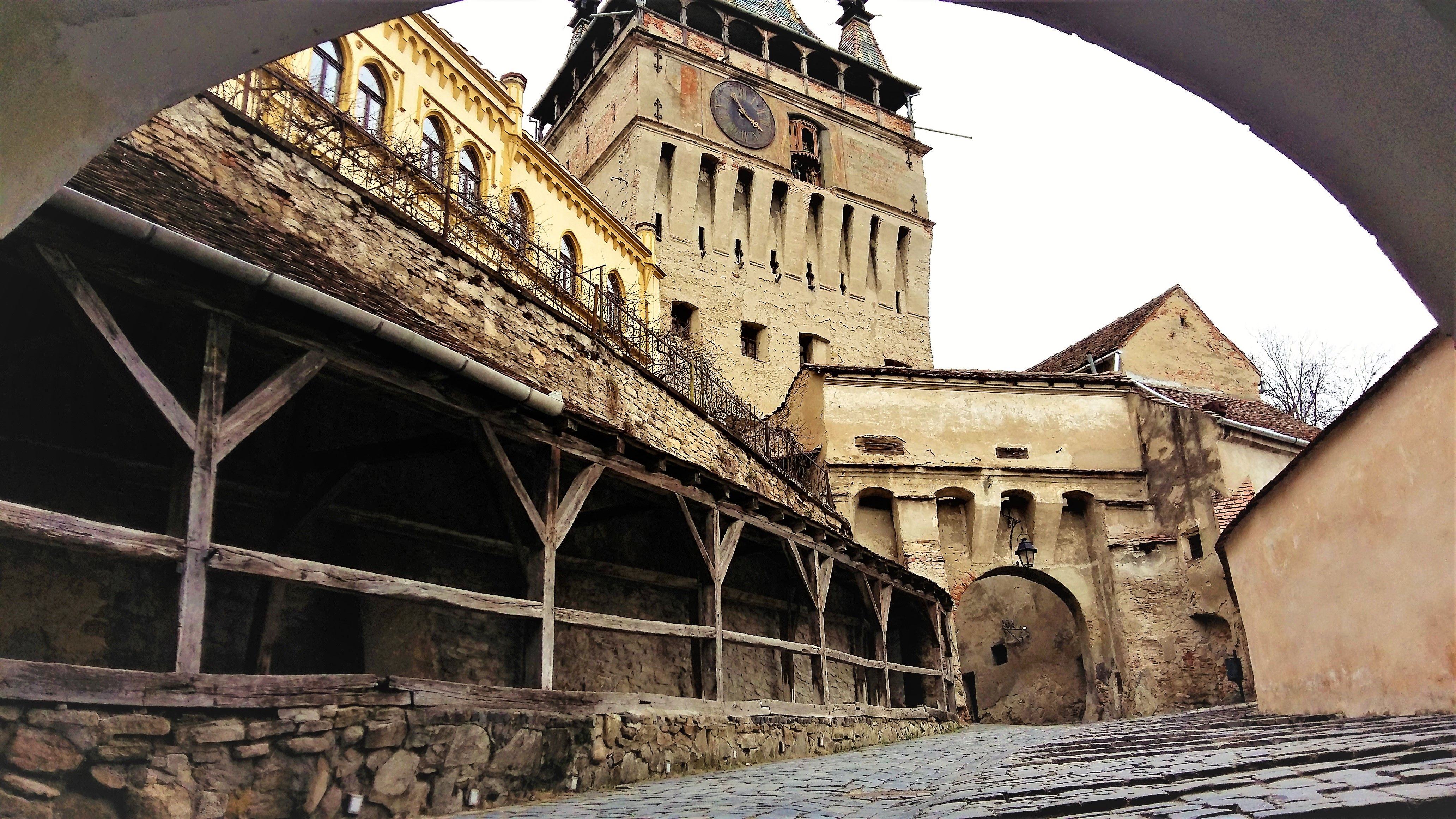
Guild Towers and Defense Walls
After this date, the Saxons established a seat here and started building the medieval city—the current name of Sighisoara comes from a Romanian adjustment of the Hungarian “Segesvár.” In the 14th and 15th centuries, the city experienced considerable economic growth, with numerous tradesmen and craftsmen coming in.
They were organized into guilds, each assigned to maintaining one of the 14 defense towers that make up Sighisoara's defense systems. The Guild Towers and Defense Walls are integral to Sighisoara Citadel’s history and architecture.
Initially, the citadel was encircled by a 930-meter-long wall, fortified with the 14 defense towers and five artillery bastions mentioned above. The towers' names indicate that they had served as residences for various craftsmen.
Nine towers are still standing, some of them having been built on the site of older ones:
- Blacksmith's Tower (Turnul Fierarilor) - took the place of Barber's Tower,
- Butchers' Tower (Turnul Macelarilor)
- Cobblers' Tower (Turnul Cizmarilor)
- Furriers' Tower (Turnul Cojocarilor)
- Ropemakers' Tower (Turnul Franghierilor)
- Tailors' Tower (Turnul Croitorilor)
- Tanners' Tower (Turnul Tabacarilor) - built to secure the Clock Tower, connected to the Tinsmith's Tower through the Archers' Gallery.
- Tinsmiths' Tower (Turnul Cositorilor)
- The main one is the Clock Tower (Turnul Ceasului).
These strategic towers have seen many changes throughout history. The Goldsmiths Tower, for example, was blown up and struck by lightning, but it became part of the School on the Hill and then a chapel.
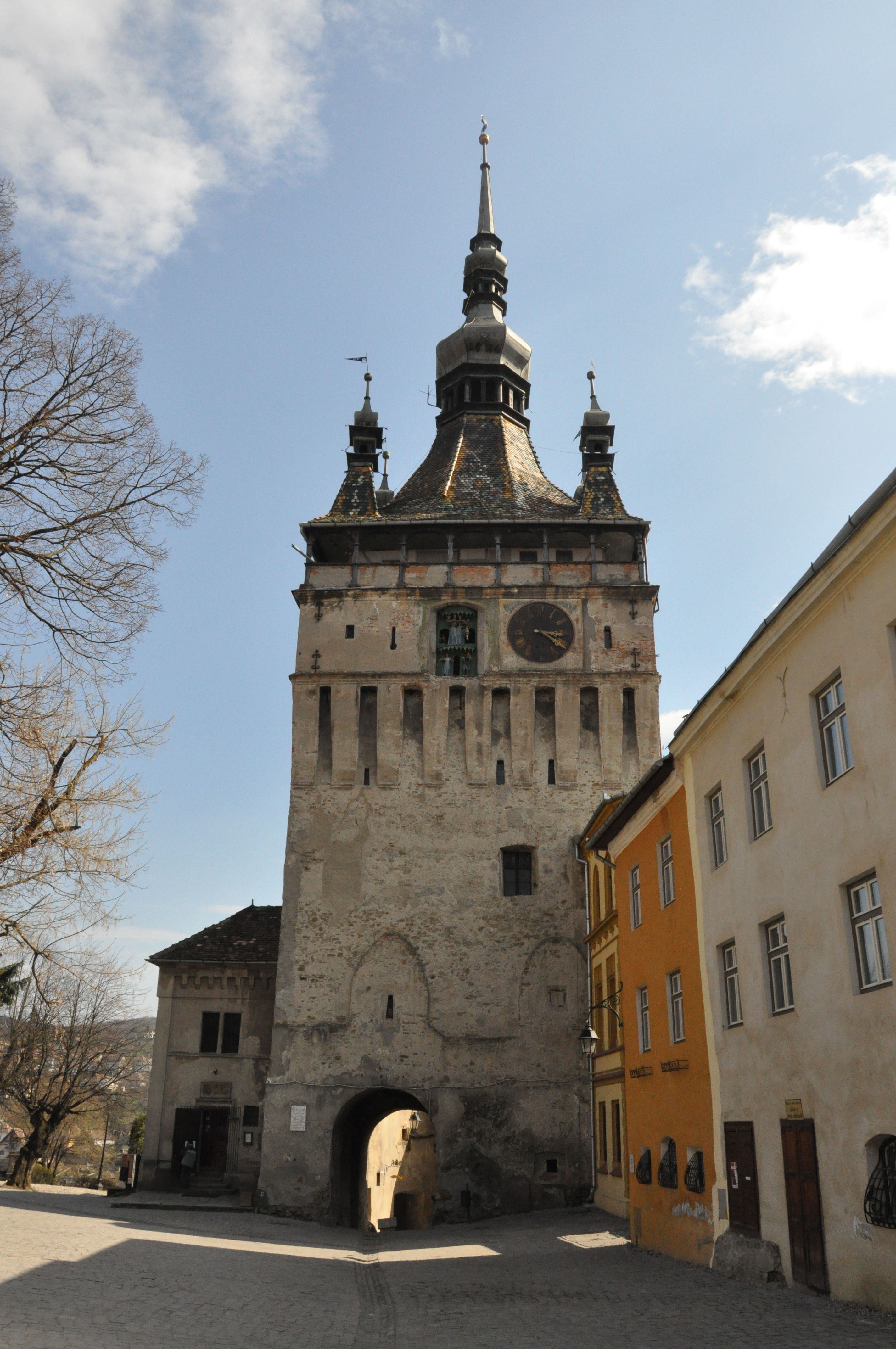
The Clock Tower - emblem of the city
Not only is it one of the most famous sights in Sighisoara, but the image of the Sighisoara Clock Tower is representative of all of Transylvania. Overlooking the city's main entrance, the Clock Tower guarded the main gate and was connected to the Tailors Tower, which guarded the entrance on the other side of the city. Although originally it had only two floors, others were later added, given the importance of the construction.
It now hosts the History Museum, which has an archeology room, a furniture room, a ceramic room, a guild room, and a pharmacy room. While the exhibits might not be impressive in size, they have great value in helping us understand how people lived here and how the local community was shaped.
On the fifth floor, you will see the clock's mechanism, which is what makes it unique. It has a carousel of metal figurines inspired by the Roman Gods. Initially, the figurines were made out of wood, but they were damaged in a great fire and replaced by metal ones.
Situated 64 meters above ground, this tower's balcony offers the best view of the citadel. I do wish your visit comes at a time when access to the balcony is permitted, as renovation works may, at times, make this impossible.
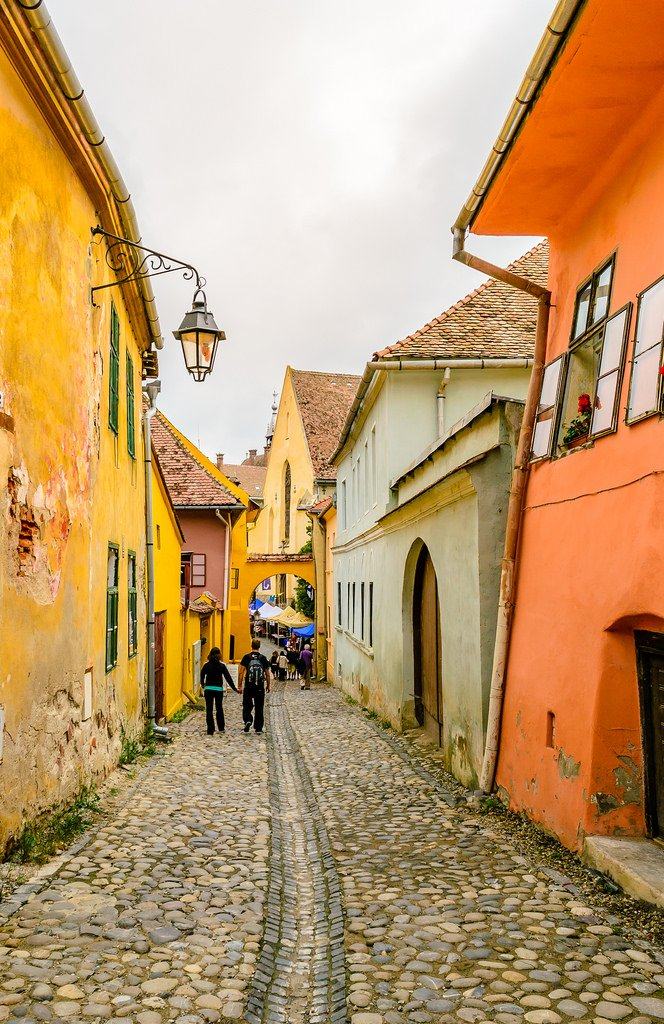
Gothic-style buildings in the citadel of Sighisoara
Next to the Clock Tower, we find the Monastery Church, or the Old Dominican Monastery, a Gothic church, formerly part of a monastic complex demolished in the 19th century. Together with the Church on the Hill, the Vlad Dracul House, the Venetian House (named as its design is representative of the Venetian Gothic style), and the Deer House/ Stag House are the oldest buildings in the citadel. They are fine examples of the late Gothic style of construction in Europe in the later part of the Middle Ages.
The oldest preserved constructions are the Dominican Monastery (13th-15th century) and the Church on the Hill (13th-16th century). Most of the houses within the citadel date back to the 17th-19th century, having suffered some changes since their original establishment which can attest for the more eclectic style of construction you may notice throughout the rest of the citadel.
Important to note is that, apart from the fortified church on the hill and the monastery, which were built by the Saxons, the citadel is also home to the Catholic Church of Saint Joseph, built by the Hungarians. More than just a church, this later construction shows how many influences came together to create Sighisoara's colorful community and culturally rich tapestry.
Citadel Square and Landmarks
The bustling Citadel Square and Museum Square are at the heart of Sighisoara Citadel, surrounded by colorful buildings, ornate churches, and historic landmarks.
For a quick trip around the lower town and a relaxing ride, you will notice a small train you can take for a fast visit. Do take note that the train will take you outside of the medieval town since, as you can imagine, heading up to the Church on the Hill on a train is not feasible.
The square itself is a vibrant hub, perfect for soaking in the atmosphere of this well-preserved medieval citadel. In the past, this was where witch trials, public executions, markets, and other public events were held.
The Sighisoara Town Hall is in Museum Square, next to the Monastery Church. It is an imposing building that can be seen from afar.
Dominating the square is the iconic Clock Tower, a city symbol and a must-visit attraction with its Sighisoara History Museum.
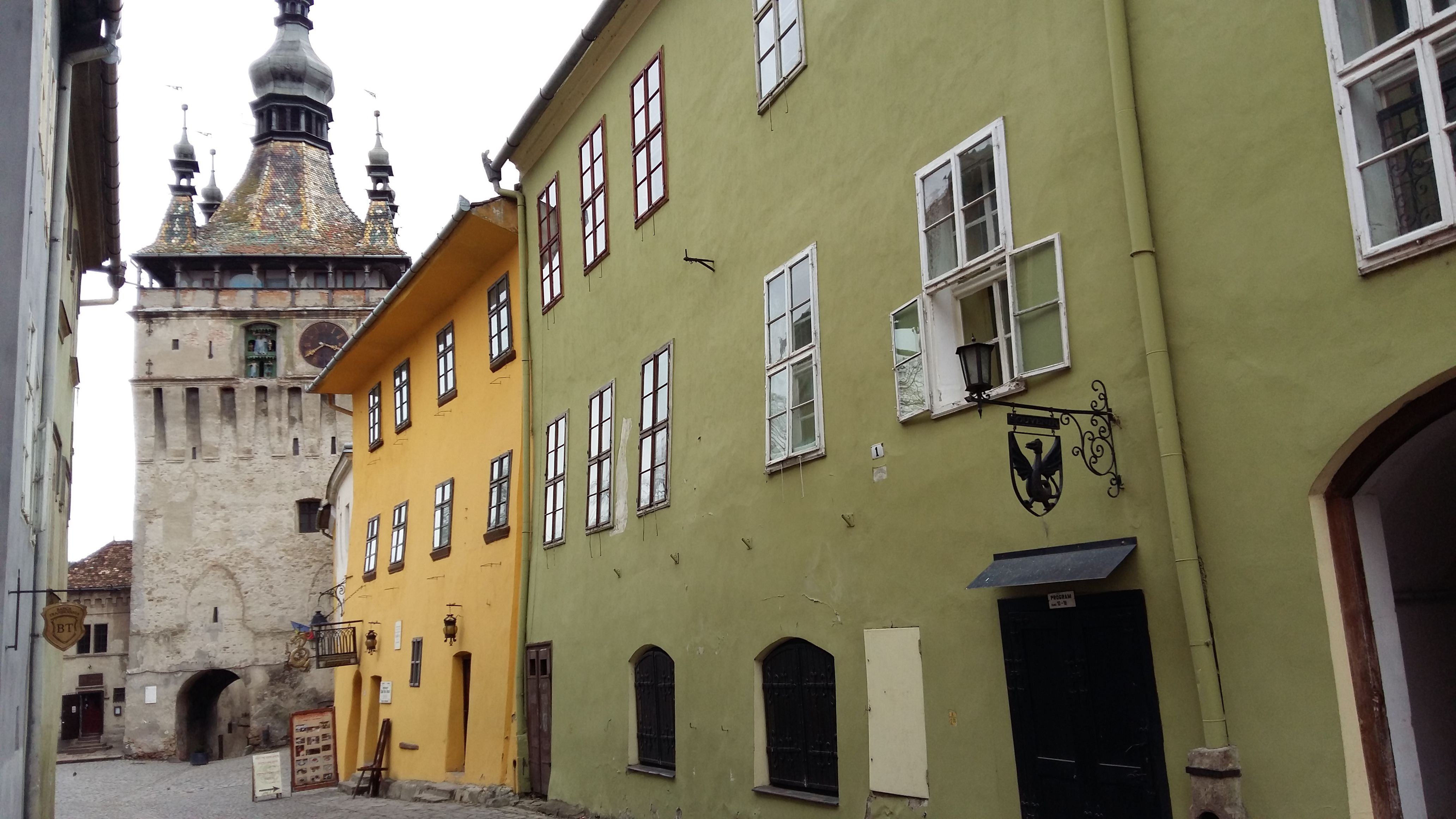
Visit the birthplace of Vlad the Impaler
An essential part of Sighisoara’s history is tightly bound to its connection with the Draculesti family and its birthplace, the birthplace of Vlad the Impaler, who is undoubtedly one of the most famous Romanians.
Born around 1431, Vlad, the future famous Vlad Tepes, was the Romanian prince who inspired Bram Stoker for his famous novel Dracula. But beware, as there is a lot of confusion and falsehood about Dracula legends.
Vlad Dracul spent his childhood and began his education in the cosmopolite Sighisoara. The house where he was born can still be seen today, and a very well-maintained fresco on the building stands as clear proof that it once belonged to the Draculesti family - the family name actually refers to the dragon on their coat of arms. The building is right across the street from the Venetian House.
The Covered Staircase and Upper Citadel
The Covered Staircase, also known as the School Staircase, is a unique and historic landmark within Sighisoara Citadel. Built in 1642, the staircase gave students easier access to the school next to the Church on the Hill.
Featuring 175 steps and several comprehensive platforms, the stairs are a testament to the citadel’s medieval ingenuity. They were meant to protect school children from the rain, sun, or snow on their way to school, which is why they are also known as the Scholars' Stairs.
At the top of the stairs lies the Church on the Hill, an evangelical church constructed in stages between 1345 and 1525. Dedicated to St. Nicholas, the fortified church boasts a Romanesque chapel and a quadrangular keep, making it a significant architectural and historical site.
The History Museum and Galleries
Sighisoara Citadel is home to several museums and galleries celebrating the city’s rich history and culture. The Museum in the Clock Tower is a must-visit attraction, featuring exhibits on the city’s history, architecture, and cultural heritage.
For those willing to stare history in the face, with the good and the bad, the Torture Chamber in the Clock Tower offers a sobering look at the cruelty exercised during medieval times. You will find this referenced as the Torture Museum.
Additionally, the citadel hosts several art galleries and exhibitions showcasing the work of local artists and artisans, providing visitors with a deeper appreciation of Sighisoara’s vibrant cultural scene.
The Sighisoara Medieval Festival and other important events
Notably, the most important event held in the citadel is the Sighisoara Medieval Festival. A few years back, the festival was known for its music component, being appreciated more for its folk and rock shows. But following a decision of the Sighisoara town council, the festival became a cultural event celebrating the unique identity of the medieval citadel, with craft fairs and other historical representations.
As you might expect, such a festival will attract a lot of people. Therefore, you might be discovering the place while navigating crowded streets in an attempt to get to the next church or the next museum. While the events you might attend during the festival are worth it, it would be best to avoid the festival days if you would prefer to explore the citadel at your own pace.
The citadel is also home to popular Romanian festivals such as the International Blues Festival in March, the International Arts and Film Festival, which has as its theme vampires, in May, the famous Sighisoara Medieval Festival at the end of July, and the German-inspired Lanternennacht (Night of Lights) in November and December.
Also, if you are planning to visit Sighisoara, don't forget to check all the Romania castles and fortress tours and also the best Transylvania tours.
- Location: Central Romania (Mures county)
- Nearest airports: Sibiu, Targu Mures, Cluj-Napoca
Lower Town vs. Upper Town
You might have heard about this, and to clarify, it refers to the distinction between the old citadel and the city developed on the shores of the Tarnava Mare River as an extension of the citadel. You will find shops and restaurants and over 300 buildings classified as historic. Despite being further away from what is seen as the historic center, most people come to visit.
...
Sighisoara Citadel boasts a rich and storied history that spans over 800 years. Over the centuries, Sighisoara faced numerous conflicts, epidemics, and natural disasters, including a devastating fire in 1676 that destroyed 70% of the city.
Despite these challenges, the citadel has been beautifully preserved and stands today as a UNESCO World Heritage Site, a testament to its historical and cultural significance.
Places to visit
Related tours
-
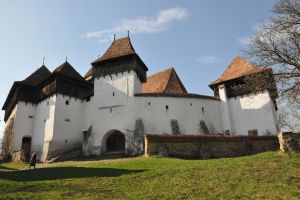
UNESCO Sites: Viscri & Sighisoara Tour
Start from: Brasov
-
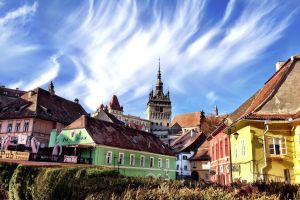
Transylvania's Countryside: Sighisoara Citadel & Fortified Villages
Start from: Cluj-Napoca
-
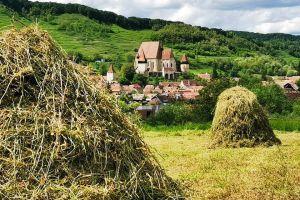
Life in Transylvania: Sighisoara Citadel & Saxon Villages
Start from: Sibiu
4 times a year we prepare a newsletter with local stories, places and our special insights about Romanian culture and local life that will inspire you to visit our country and have an authentic local experience. Would you like to get it?
